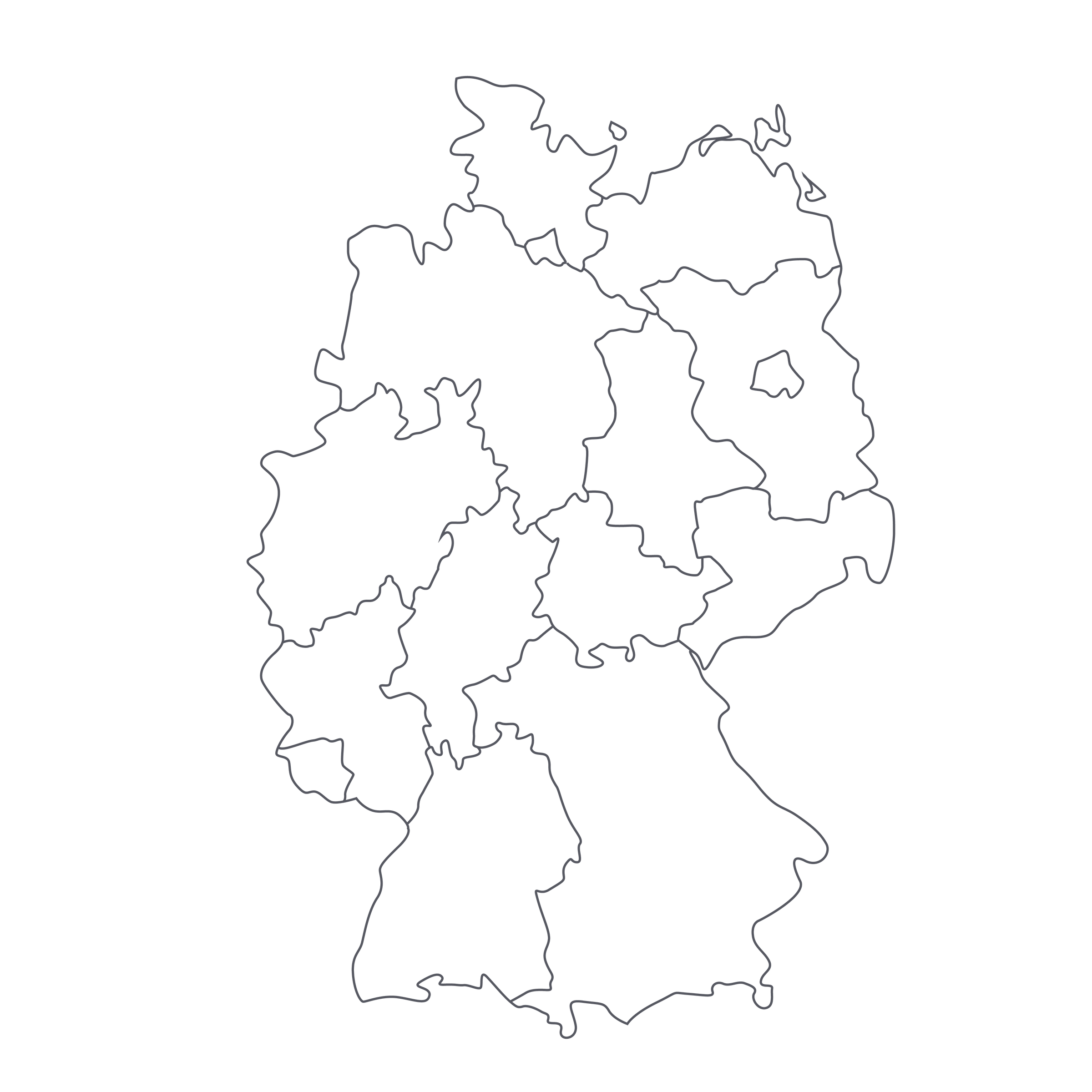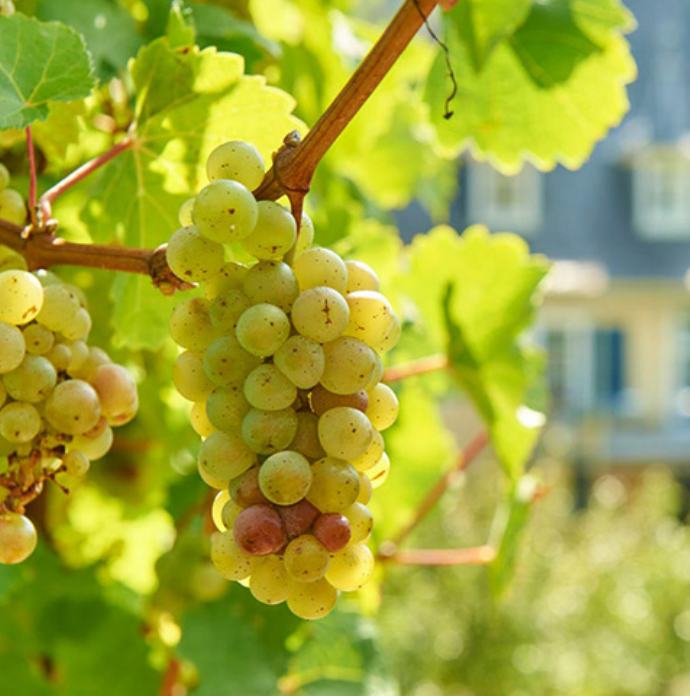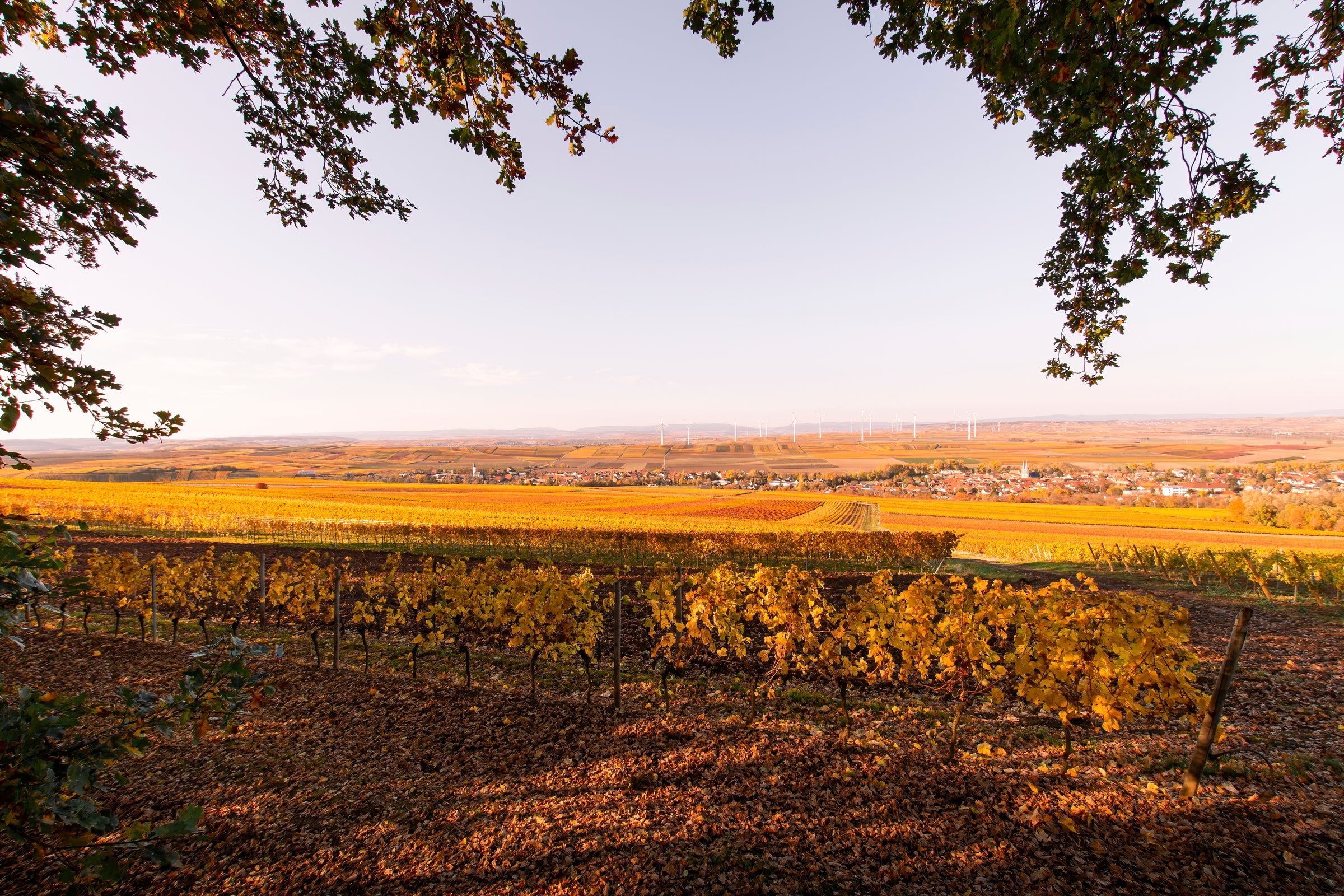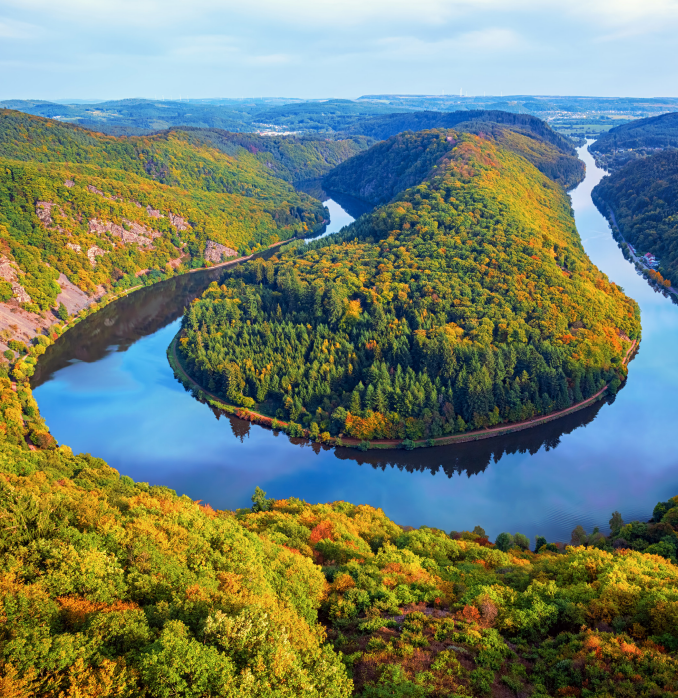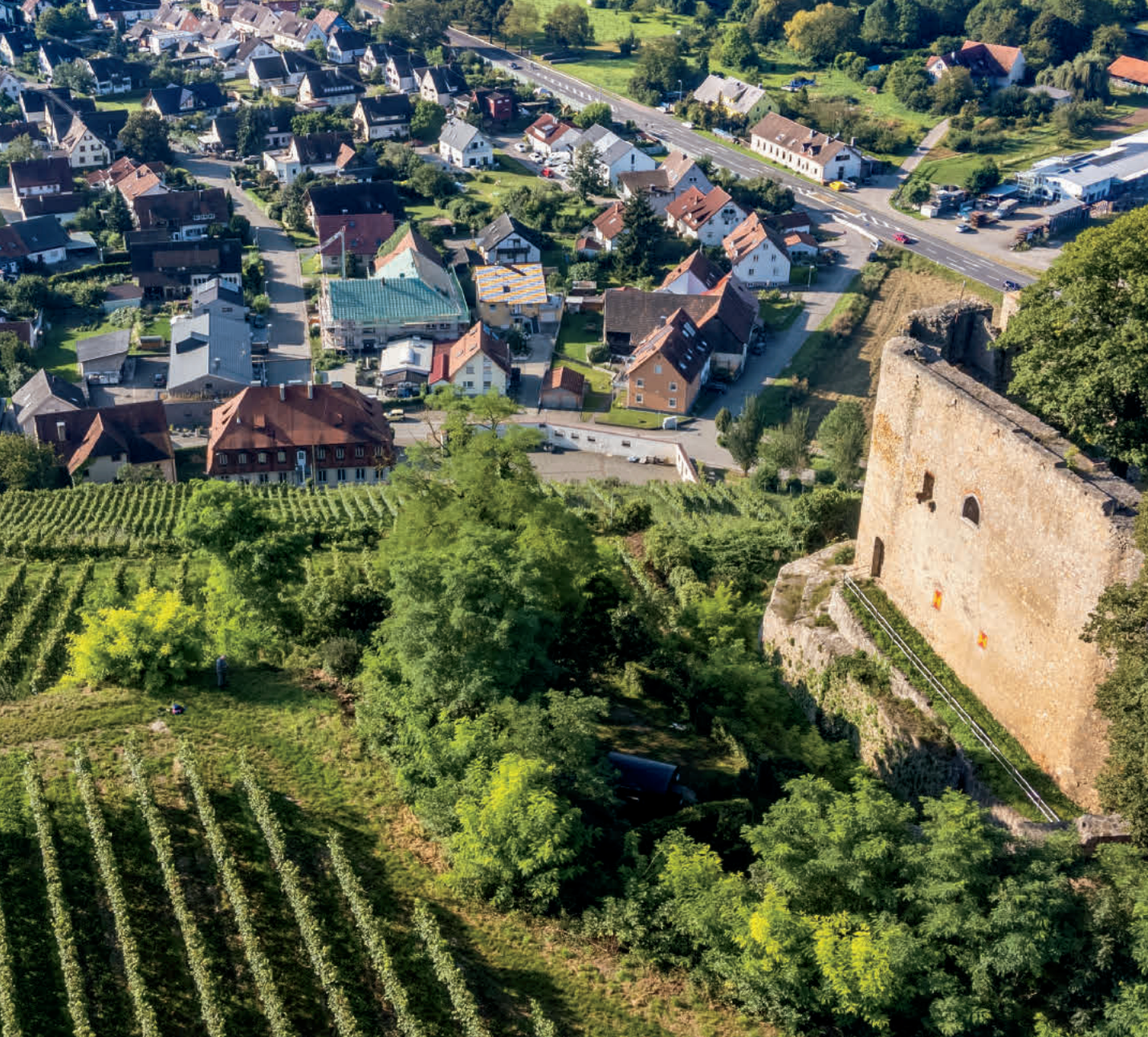One thing you realize very quickly when traveling through German wine country is just how expansive and deeply entrenched the wine culture is. Meticulously cared-for vineyards are planted cheek-by-jowl, most overseen by the umpteenth generation of the same family. The baseline level of quality is exceptional, and the sheer volume of labels can be daunting, to say the least.
It’s an embarrassment of riches, which helps explain how we’re able to offer a wine like this dry Riesling from Weingut Manz at $20. It’s supply and demand, or more specifically, surplus pricing—there’s such a surplus of excellent wine in Germany that it’s hard for them to fetch what they’re truly worth. Yet even in a sea of delicious, affordable wine, today’s wine stood out. I tried it at dinner one night during a buying trip earlier this year, did a double-take at its price, and immediately set about importing some to share with our subscribers. We all have our yardsticks for measuring what to expect from a $20-ish bottle of wine: this one forces you to re-adjust. It’s a single-vineyard Riesling from a great terroir, farmed and crafted by an eighth-generation family vintner, brimming with freshness, perfumed aromas, and chiseled minerality. If you entertain a lot, have some larger-scale events coming up, or simply want to elevate your ‘daily drinker’ game, this bone-dry delight will serve you very well, indeed. We have enough for multiple-case purchases, so feel free to stock up!
The Manz family traces its lineage in the Rheinhessen region back to 1725, and today farms about 20 hectares of vineyards across several key towns. The winery itself, along with several of its prized sites, is in Weinolsheim, just a short distance southwest of key Rheinhessen towns such as Oppenheim and Nierstein. The source vineyard for today’s wine, “Steig-Terrasse,” sits closer to the Rhine River in the village of Guntersblum, with soils comprised of deep loess (wind-blown silt) mixed with pockets of sandy loam and limestone.
Fermented and aged only in stainless steel, this is a lip-smacking, bone-dry Riesling with a
kabinett designation (translating to about 12% a.b.v.). It’s also one of the first 2017s I’ve tried, and it lives up to the hype I’ve heard around the vintage: By all accounts 2017 produced a ‘short crop’ (down 40% in some places) but what was harvested was exceptional. In the glass, Manz’s Kabinett Trocken is a bright straw-gold with green and silver reflections at the rim, with lively aromas of lime skin, white grapefruit, white peach, dried flowers, wet rocks, and a hint of green herbs. It is medium-bodied (more substantial, in fact, than you might be expecting at this price point) and leaves a mouthwatering mineral imprint on the palate and lots of citrus and florals on the finish. What’s perhaps most noteworthy is that this wine has some perceptible structure to it; I’ll bet that if you lay it down for a few years, more exotic fruit notes and a rounder, more viscous texture will develop. It has a very refreshing, deeply mineral austerity to it right now, improving markedly with time open and crying out for some food to go with it. Serve it at 45-50 degrees in all-purpose whites (or specialty Riesling stems) with some Thai curry prawns or other spicy/aromatic seafood preparation. It’s an all-purpose workhorse wine if ever there was one. Enjoy!


